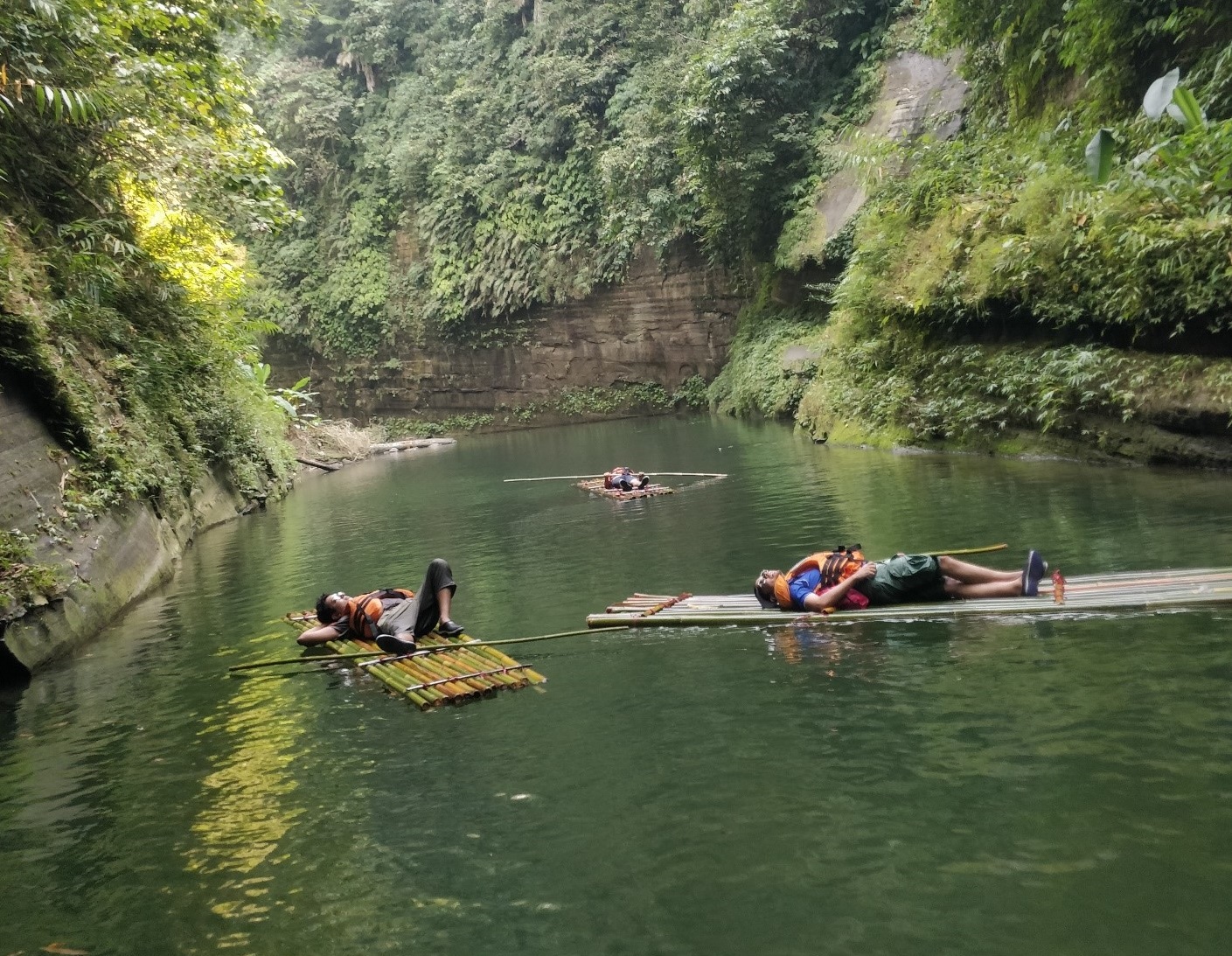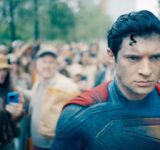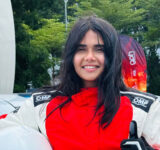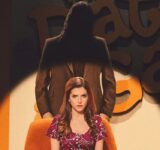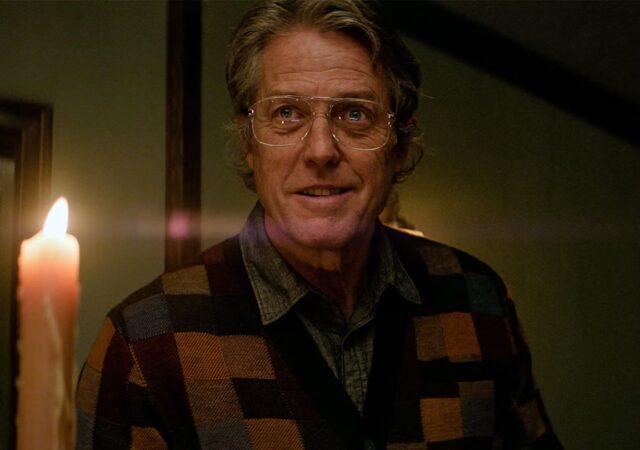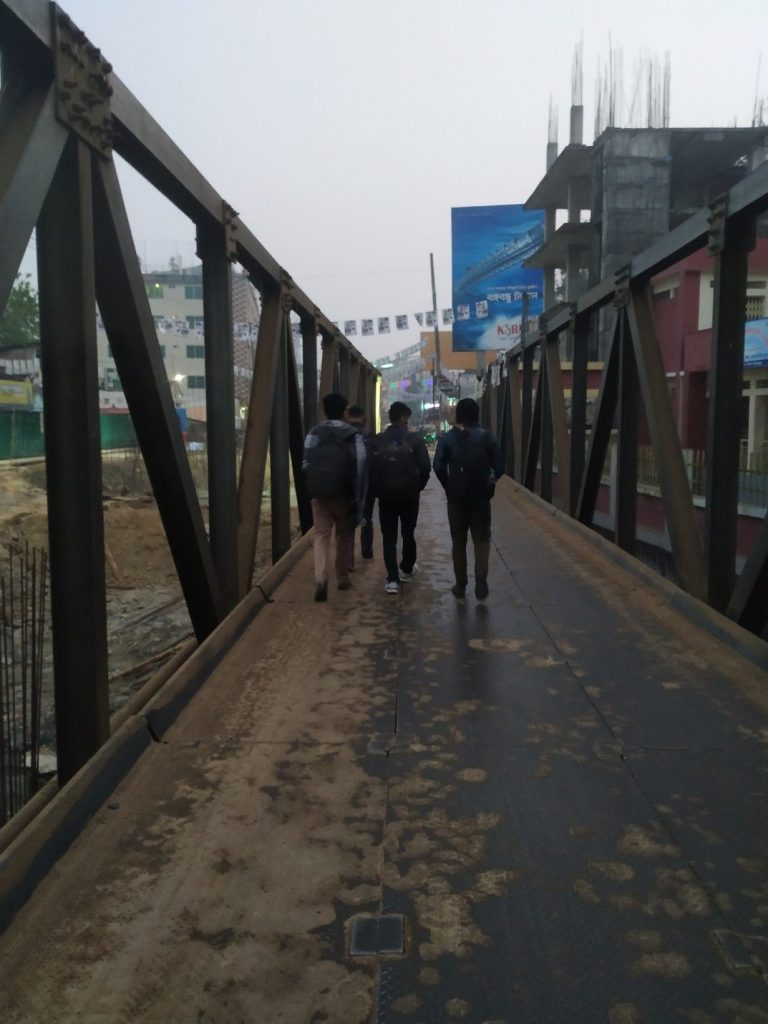
Me, along with four other hooligans, hopped on the 9:45 PM bus to Bandarban one fine evening because it would be comfortable traveling by night-coach, right? We completely disregarded the fact that a six-hour journey meant us reaching our destination sometime near 4 AM.
We reached Bandarban at nearly 5 AM. If you are used to the Dhaka winters, the Bandarban pre-dawn cold will be cruel to you. Surprisingly, a good many recreational transport vehicles (CNG-run autorickshaws and the infamous Chander-garis) had already been parked at the bus-stop.
If you do not have someone waiting for you there, there’s no reason to worry. The drivers will approach you themselves.
We felt like celebrities fighting our way out of the crowd of drivers, all of whom were looking for five seconds of our attention. We roamed around, shivering till 6 AM, when we found a couple of hotels opening. We freshened up at the Hotel Hill View and waited for some sunshine. Another family of tourists had already been waiting there. The food was decent, and so was the environment. The cost was respectable.
By the time we were packed and ready to set foot again, we noticed the drivers waiting outside for us. Now, there are a few things all tourists should know when fixing their ride. A Chander-gari (an open CNG-powered broad car) has room for about 14 passengers, and it would be unwise to take one if you are a party of less than 7. Also, note that the hilly roads are mostly empty, meaning that the car would be speeding. Drivers usually take 2-3 parties together to match their quota. A Chander-gari ride to DebotaKhum would cost us around 3,500 BDT (for five people).
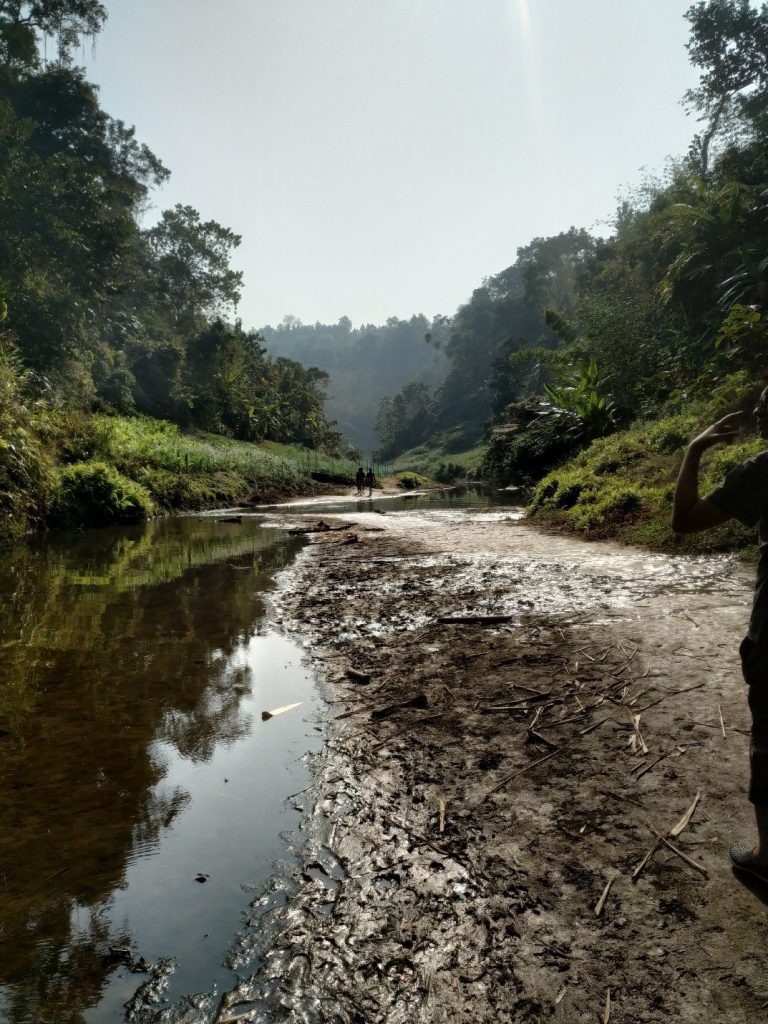
We took a CNG (colloquial term for the autorickshaws) instead that carried us to DebotaKhum and back and cost us only 1,100 BDT.
Any vehicle carrying tourists is bound for police/army/border-police checkups at various points due to security reasons. They will keep photocopies of either the national identity cards (NIDs) or the birth certificates in case of Bangladeshi citizens and photocopies of passports in case of foreigners. We were stopped at two such check-posts while en route DebotaKhum and had to submit our papers once. Furthermore, you are not allowed to trek if you do not have a licensed guide with you. We got assigned our guide, Meem Jack, at the first check-post, who took us to the foot of DebotaKhum.
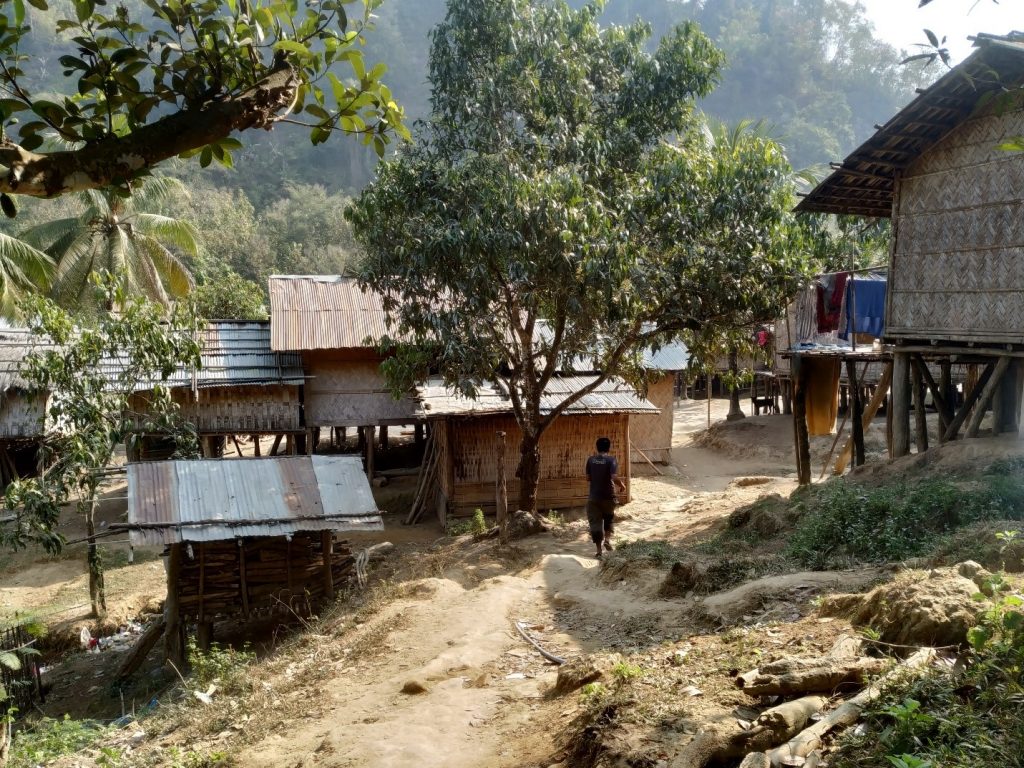
Having a guide is crucial. Jack took custody of our luggage, and for those of us who wore the wrong kinds of shoes, he took us sandal-shopping. He also led us down the right path to the waterfalls, the center-attraction of DebotaKhum.
We started on our path up the hills at roughly 10 AM. DebotaKhum is a rough 45 minutes of trekking. Within 15 minutes, we had reached a tiny, beautiful, and sparsely populated village midway within the hills. And within 15 minutes, we had realized that our city-bred feet weren’t groomed for trekking.
The village was beautiful. The people were friendly, and they lived very simplistic lives. Their houses were thatched and lifted from ground level using bamboos. They had no furniture. They offered us food and sticks to help us in our journey, to which we kindly refused. We sat around a table outside to rest for a while. We clicked a few photos and then were back on our way.
Within 15 more tiring minutes, we had reached a small lake. There are multiple streams and rocks throughout the road. The water is mostly clear, and one can either walk through or jump over the rocks. The wind was fresh. The beauty in the behavior of the people could only be credited to the absence of civilization.
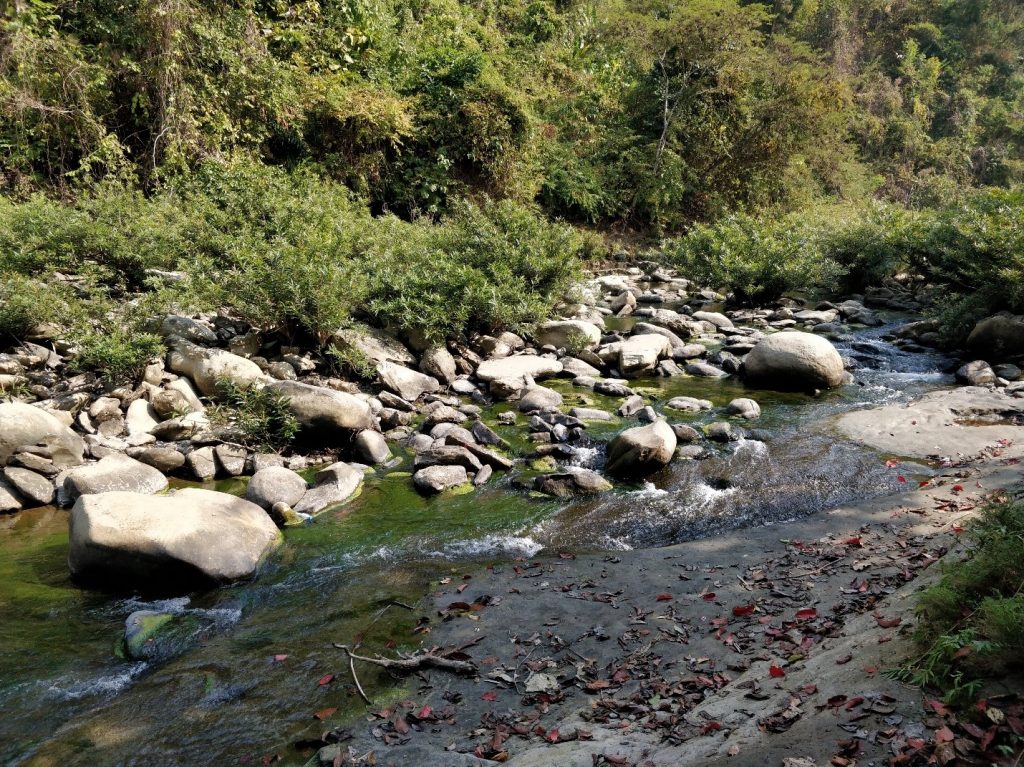
The lake we had just arrived at was deeper than the rest of the water bodies we encountered. We took a boat. It was a short ride, about 4/5 minutes. We then walked for five more minutes and arrived very close to our destination.
A man waited with many life-vests beside a lake, this one much longer, vanishing into cave rocks at a distance. Beside the vests parked ashore were “velas” (carriers made of bamboo, ভেলা) and a few distinct bamboo sticks. It did not take us long to realize that we were to use the sticks as oars.
Each of us tucked our phones away inside polythene bags and stuffed them into a tiny backpack we always kept with us. We then took on the vests and got on each vela individually. We each took one stick on our hands and started paddling our biceps. Sitting there within the quiet, atop the still water with tall rocky walls on either side and the sky somewhere far over our heads, I thought to myself; maybe this was how our ancestors invented kayaking.
Jack taught us how to paddle and in which direction. He was a friendly fellow, and we enjoyed chatting with him. We soon mastered the art of rowing the vela and started moving forward. There had been large rocks in our paths, and therefore careful steering was a must. One of our friends got stuck, and we had to fight for around 10 minutes, trying to free his carrier.
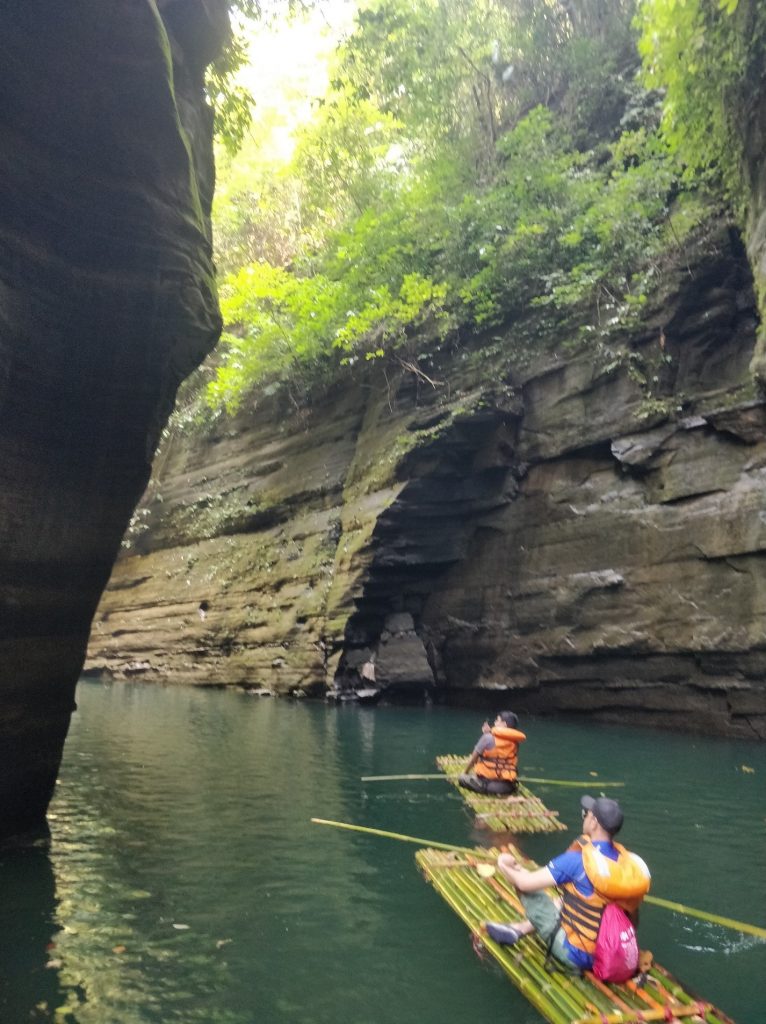
The further we went up the stream, the more beautiful it got, and at every instance, we felt it couldn’t get any better. The water was crystal clear, and the wind had been bouncing off the walls on either side before finally reaching us. The moss was green. The little bit of sunshine that traveled the entire path of the tall walls felt blissful. The waterways of DebotaKhum were aquamarine in color, and tiny fishes were swimming below. We had to cut a good many corners because that’s just how the hillsides are shaped. The stream was pretty deep. After a long while of boating, we had reached the mouth of the waterfall.
We rowed until our path was cut short with a bunch of shiny water rocks. We then climbed the fall as high as we could over the rocks. When we reached the end of the line, we took a couple of photos, sat down, and breathed in the atmosphere. We let the cool breeze caress our hair. Then at around 11:15 AM, we started on our way back.
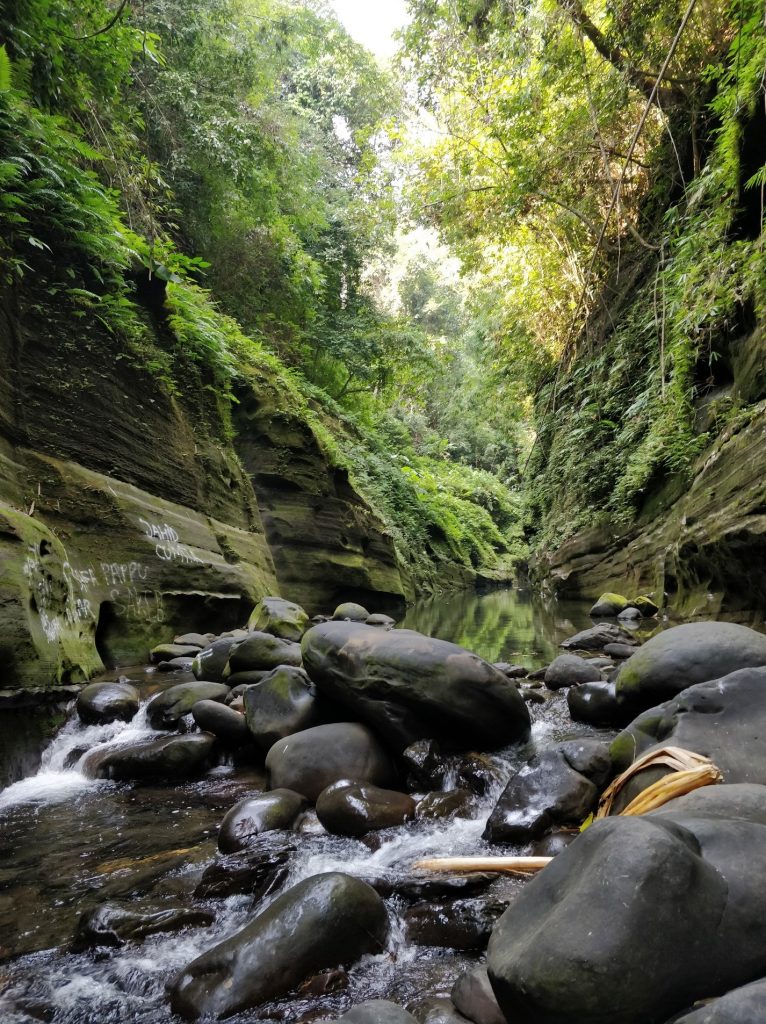
We got off the waterfall and back on our velas. As we did so, we noticed one other party with us. With this, we realized that we had started early, and by dint of that, we were the first party to have trekked DebotaKhum that day. A massive chunk of our amusement of the hills and the calm waterfall was because the place was silent when we got there. When we were getting out, other tourists had already been coming in. The place was not as quiet, and there was a heavy traffic of amateur vela-rowers such as ourselves. We still tried to make the best of our time. When we had reached nearly halfway through the stream, we kept our sticks aside and lay down on our backs. The sky seemed heavenly with the hillsides adorning it. There were no trees anywhere apart from on top of the walls. We could only see the shades of them. The sunshine did not hurt our eyes. Every once in a while, some clear water would seep into the vela cooling our backs. The world felt upside down. We trusted the wind to carry us, and the wind kept our trust. When we hit the shore of the tiny land with the life-vest man, we realized that the tiny land had been crowded, and other tourists had been waiting in line for the velas to return. We passed our vests and our velas to the next party and set down along the path we came. We rode the boat again, and then we trekked down to the village. Jack managed refreshments for us. We then trekked until we reached the bazar at the entrance, where our CNG had been waiting.
Jack cleared our papers with the Border Guards of Bangladesh (BGB), and we paid him 1,050 BDT for his services. He seemed pleased, and we got back on the CNG and started down the hilly roads again to Bandarban Bus-Stop.
(To be Continued…)

